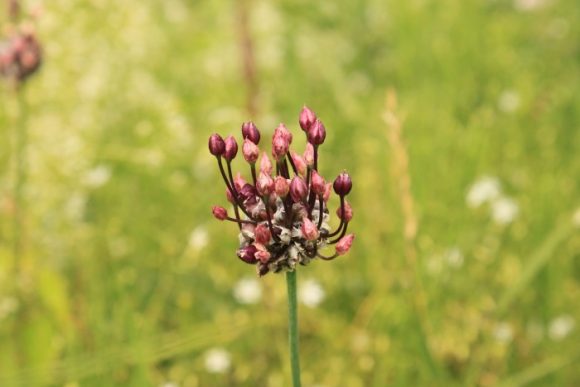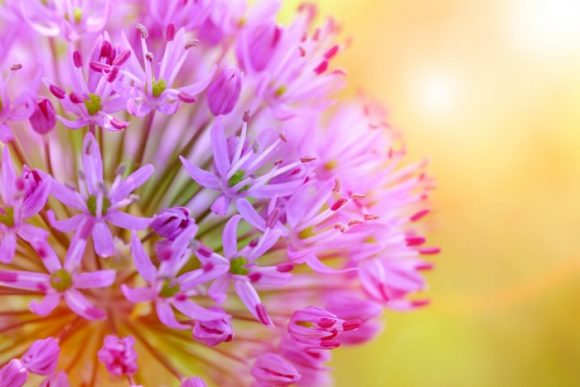All posts tagged garlic
How To Heal Yourself With Wild Garlic
Wild garlic, also known as field garlic, crow garlic and botanically referred to as allium vineale, is a grass-like flowering plant, closely related to onions more than garlic. It is native to Europe, North-western Africa and the western part of Asia. The plant was probably introduced to North America as an alternative to onions and garlic but soon escaped into the wild and is now considered a weed in some states. Continue reading [...]
Medicinal Allium Flower Benefits
Humans have used various parts of the allium plant throughout time to treat a variety of conditions including deafness, parasitic infections, leprosy, and gastrointestinal problems. During historical epidemics such as influenza, typhus, and cholera, alliums were always summoned as the first line of defense. In ancient Egypt, alliums were so highly esteemed that pharaohs were buried with several bulbs believing that the round shape and rings symbolized eternity. While most people know that the leaves, bulbs, and stem of the plant are edible and medicinal, only a few understand that these benefits extend to the bloom. Medicinal allium flowers have the following benefits: Continue reading [...]


